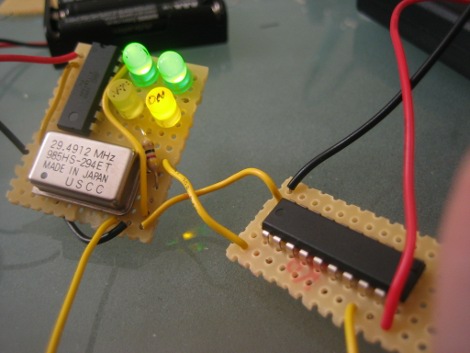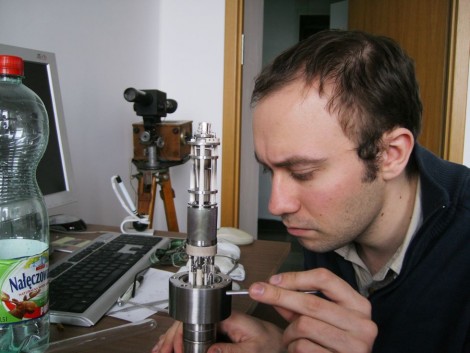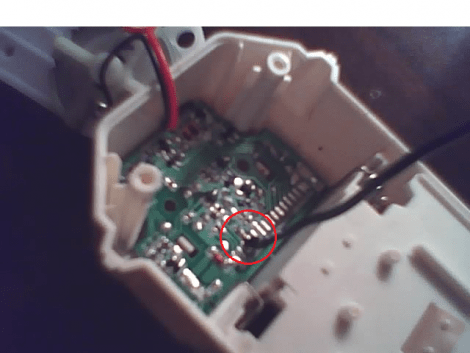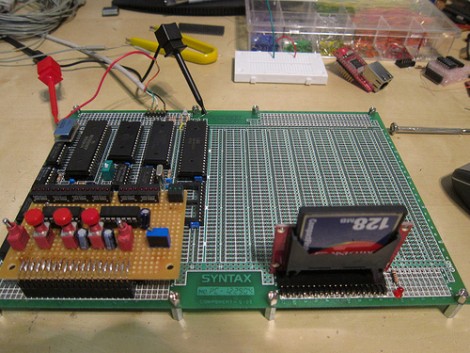
Some new products have worked their way into our hands and are just waiting for some awesome Hack a Day logos to be put on them. We’ve added a couple bags, some huge mouse pads as well as normal ones, and we’re considering adding the Hack A Day badge. You’ve seen the badges before, when we took them to CES. [Devlin] estimates that the cost would be $25 each before shipping. We would like to get some feedback before he starts pumping these things out. How many of you want one?
















